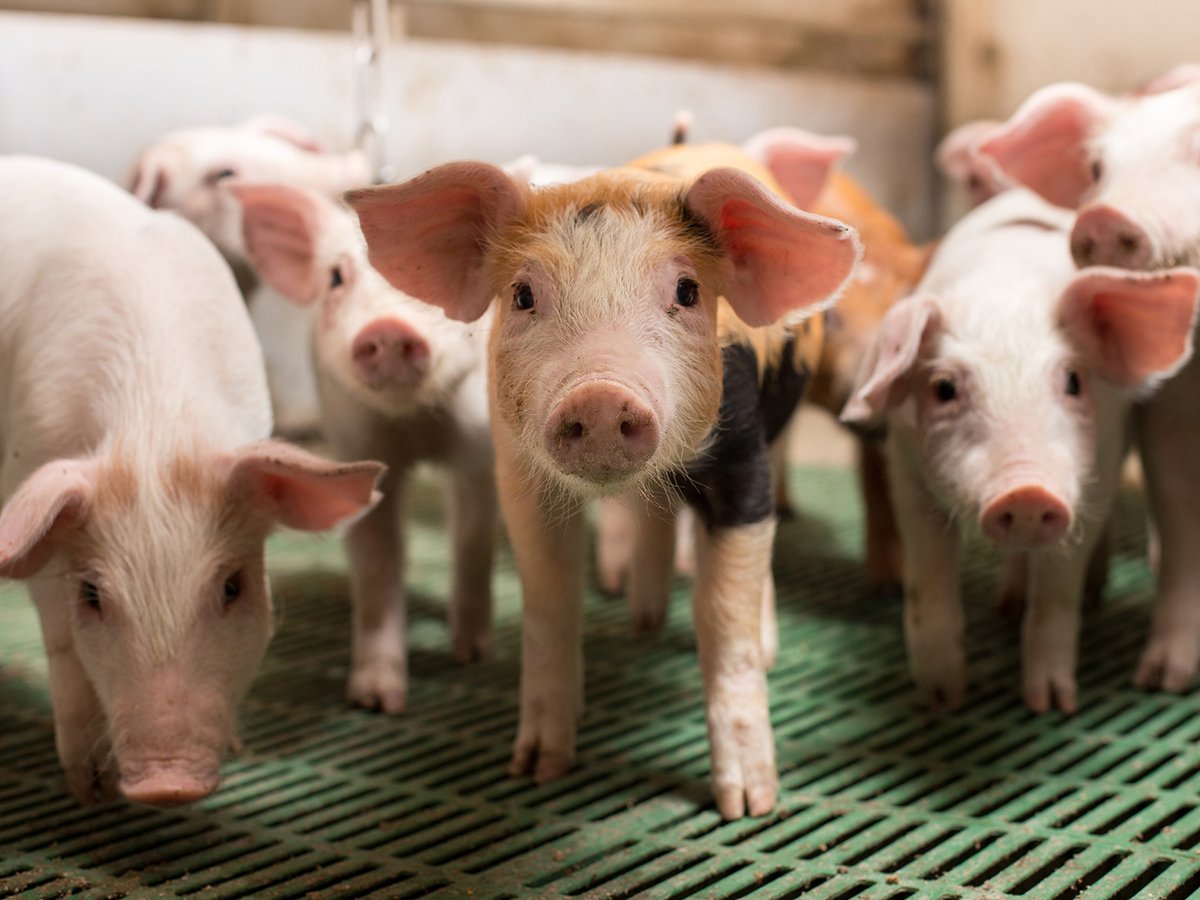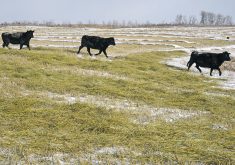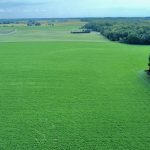Technology could be a game changer for the sector, but economic risk and lack of commercial options are holding it back
Marrying precision technology and livestock production could result in healthier animals, better gains and efficiencies and a more environmentally friendly footprint, according to the research, but farmers aren’t exactly rushing to the altar.
Economic risk is the biggest thing keeping technology off farms in the U.S., said Robert Burns, a researcher from the University of Tennessee, Knoxville and speaker at a livestock tech forum in Winnipeg. Burns said farmers have told him they’ll only implement precision livestock farming if there’s enough proven return on investment.
Burns cited a survey of broiler producers in Tennessee. Results showed that farmers would be more interested in precision systems if they knew the addition could make them more money or if a government cost-share program was available.
Read Also

The Western Producer Livestock Report – October 9, 2025
Western Producer Livestock Report for October 9, 2025. See U.S. & Canadian hog prices, Canadian bison & lamb market data and sales insights.
Swine and poultry farming in the U.S. is vertically integrated, Burns added. This sometimes reduces a farmer’s ability to make management decisions on animal feed or housing.
It may also reduce farmers’ incentive to track farm data. The contracting company might track data for them, and the farmer gets paid based on the integrator’s records, not their own, said Burns.
More than half of surveyed broiler producers did not use a computer to track farm data, despite incentives of greater efficiency.
Daniel Berckmans, a biosystems researcher out of KU Leuven university in Belgium and the University of Tennessee, said technology should be developed using as few sensors as feasible. This could reduce costs and complexity, making it more easily applied on-farm.
“Keep it cheap,” he said.
Berckmans argued that livestock production needs to be more efficient in what he calls the “core equation.” That’s his way of adding up animal feed needs: base metabolism plus activity, plus thermal or environmental regulation, plus mental state, plus the production of meat, milk or eggs.
The livestock sector is being called to feed less, create less manure and reduce emissions, he noted.
The aim of precision livestock farming is “to manage individual animals by continuous real-time monitoring of health, welfare, production/reproduction and environmental impact,” he wrote in a 2017 paper.
His work focused on how sensors, combined with predictive modeling, could create feed efficiency throughout this core equation.
Heart rate and aggression monitoring could better calculate animal energy needs and inform feeding. Disease and antibiotic use could be curtailed by isolating infection early to a single barn, room or compartment. Data generated from precision systems can show how far an operation is from desired goals and design prediction-based controllers.
“That’s what we do for decades in airplanes, in making mechanical systems, electronic systems,” Berckmans said.
For livestock production though, “we are not there yet.”
American farmers also want to own the data they generate, said Burns.
“(Farmers said) this data is valuable. We’re happy to share the data, but you’re going to pay us for it.”
Data ownership has become a cross-sector source of contention in agriculture. Grain farmers question where their combine data goes and how equipment manufacturers use it. Companies such as Farm Credit Canada’s AgExpert have taken pains to reassure farmers that their data remains their own.
“We believe that farmers own their data,” said AgExpert director Darcy Herauf, in February. “We really want that control in the hands of our customers.”
In 2022, University of Ottawa researcher and author Kelly Bronson said that farmers often pay twice for digital agriculture technology. First, they pay for a subscription and then they help build their provider’s lucrative data pool.
Producers may be uncomfortable with the technology or not know what’s possible. The broiler study in Tennessee showed that 47 per cent of respondents had never heard of precision livestock farming. Another 28 per cent reported limited knowledge.
A precision farming system is not even on the radar for these farmers, Burns said, and the murky definition might contribute to low numbers. Yet many producers in the study use automated feed systems, water flow meters and automated temperature control systems. To the researcher’s mind, those count as precision technology.
There may also be a disconnect between researcher interests and what farmers actually need.
Burns paraphrased farmers as saying, “you guys are out here coming up with incredibly complicated stuff … how about coming up with a solution that counts pigs accurately and correctly every time we load them out of the building?”
Even if producers want to adopt precision systems, there aren’t many practical, commercialized systems on the market.
Automated water, feed and temperature control systems fit the bill, according to Burns, but typing “precision livestock farming system” into a search engine turns up a lot of academic papers but few retailers.
“We don’t do enough in implementation,” said Berckmans.
The Belgian researcher suggested that some applications, like heart rate monitoring and real-time mood and welfare monitoring, could first be used in horses. He pointed to partnerships between researchers and the Belgian Olympic horse jumping team.
















